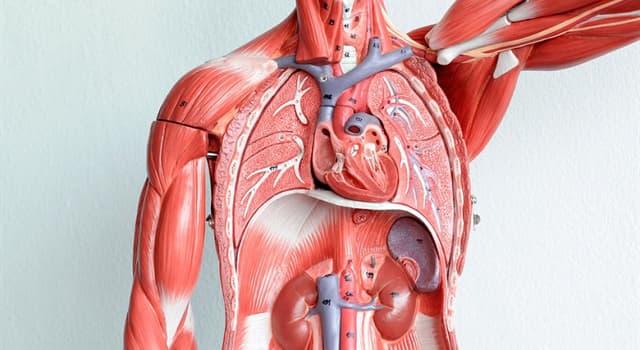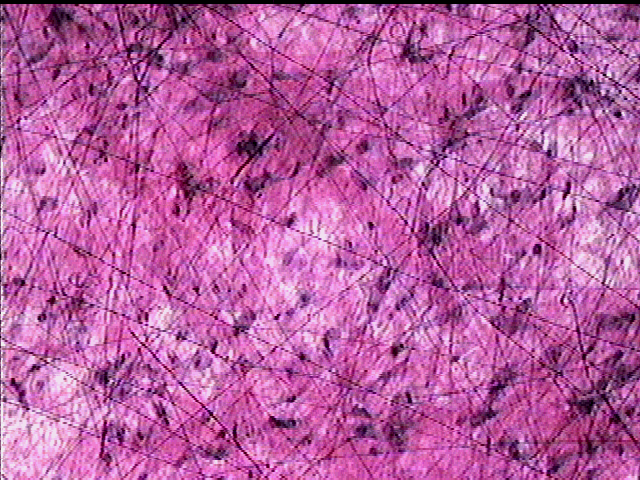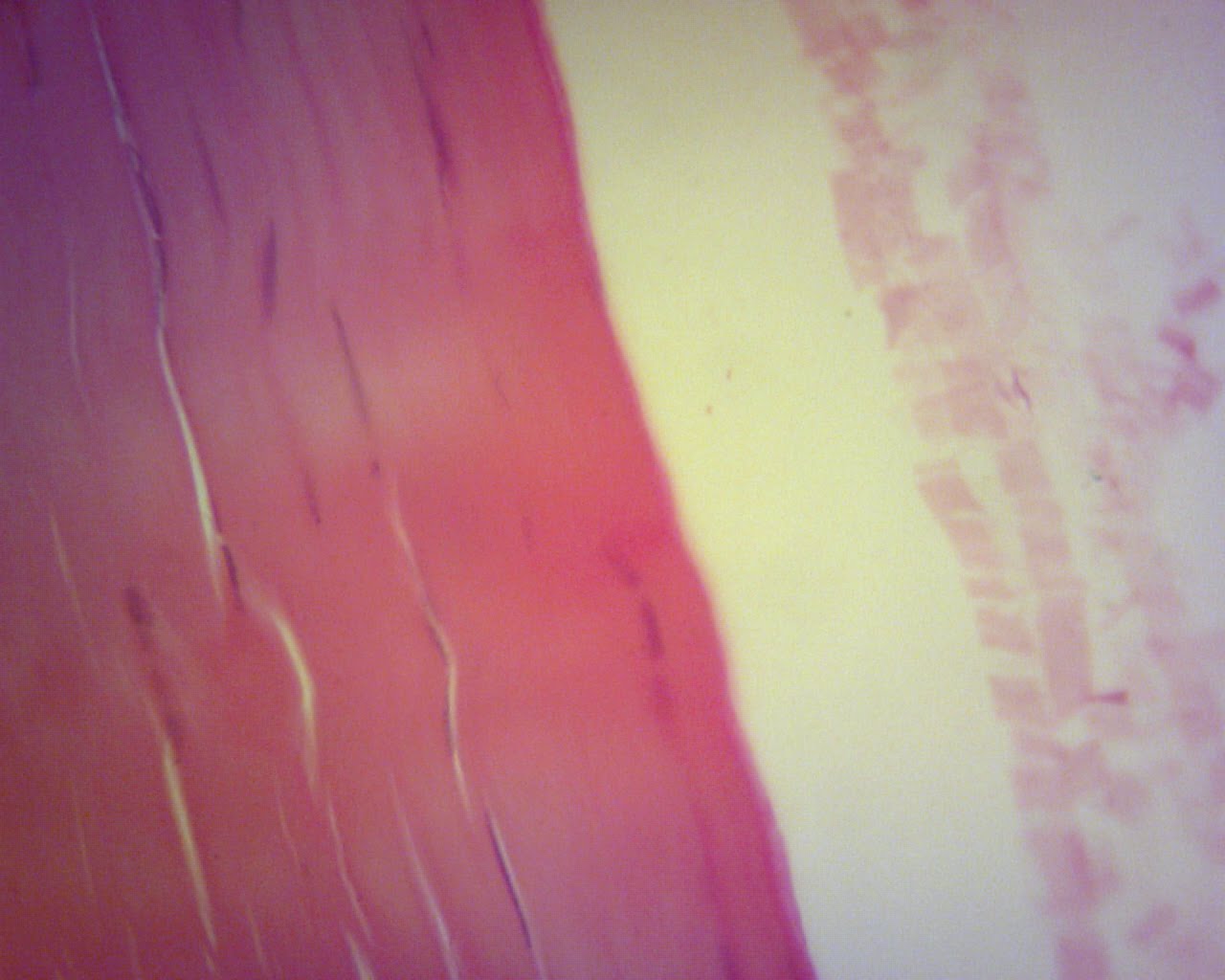


In the palm of the hand and the sole of the foot an aponeurosis lies deep to the skin and forms a protective layer for the tendons underneath (see Chapter 8, Figure 8.21). An aponeurosis can form the attachment of a muscle, such as the oblique abdominal muscles, which meet in the midline of the abdomen (see Chapter 10, Figure 10.6).

An aponeurosis is a strong flat membrane, with collagen fibres that lie in different directions to form sheets of connective tissue.In tendons and ligaments, the collagenous fibres lie in parallel in the direction of greatest stress. Tendons unite the contractile fibres of muscle to bone.Ligaments strengthen the joint capsules in particular directions and limit movement. Ligaments form strong bands that join bone to bone.The capsule surrounding the movable (synovial) joints which binds the bones together (see Figure 1.7).Examples of this tissue are as follows:įigure 1.1 Dense fibrous connective tissue seen covering bone as periosteum, and forming the tendon of a skeletal muscle. The muscle fibres are easily sliced, but the covering of white connective tissue is very tough. The toughness of this tissue can be felt when cutting through stewing steak with a blunt knife. The fibres are produced by fibroblast cells that lie in between the fibres ( Figure 1.1).

This connective tissue has few cells and is largely made up of fibres of collagen and elastin that give the tissue great strength. It has high tensile strength to resist stretching forces. The connective tissues may be divided into:ĭense fibrous connective tissue unites structures in the body while still allowing movement to occur. Connective tissue attaches muscles to bone, in the form of either a cord (tendon) or a flat sheet (fascia). Cartilage, another connective tissue, is also found associated with joints, where it forms a compressible link between two bones, or provides a low-friction surface for smooth movement of one bone on another. Where bones articulate with each other dense fibrous connective tissue, rich in collagen fibres, surrounds the ends of the bones, allowing movement to occur while maintaining stability. Bone is a connective tissue which provides the rigid framework for support. The overall function of connective tissue is to unite or connect structures in the body, and to give support. Framework and support: the connective tissues


 0 kommentar(er)
0 kommentar(er)
